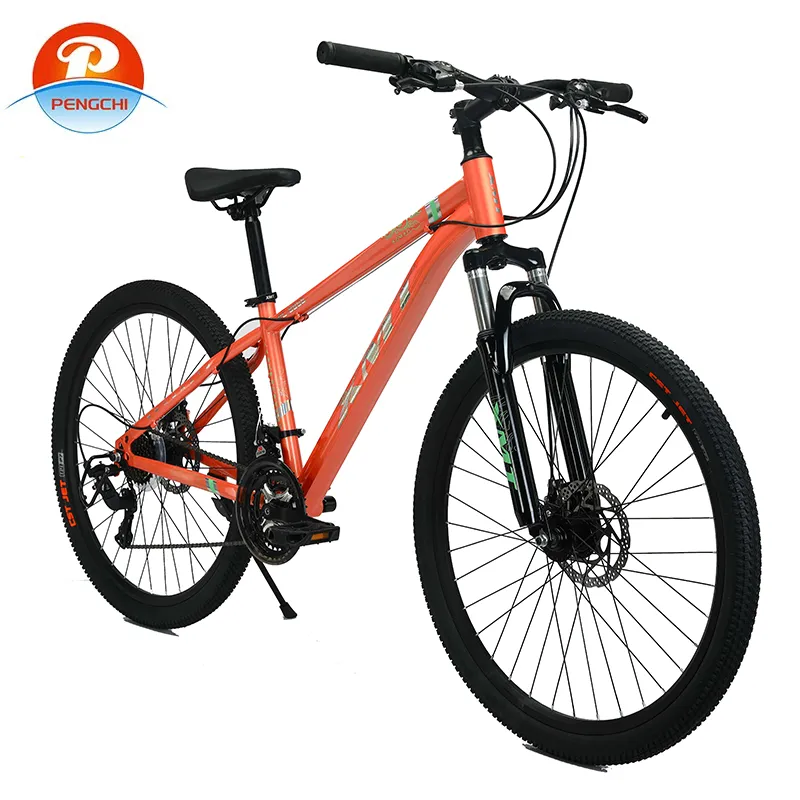
-
 Afrikaans
Afrikaans -
 Arabic
Arabic -
 Belarusian
Belarusian -
 Bengali
Bengali -
 Bulgarian
Bulgarian -
 Croatian
Croatian -
 Czech
Czech -
 Danish
Danish -
 Dutch
Dutch -
 English
English -
 Finnish
Finnish -
 French
French -
 German
German -
 Greek
Greek -
 hawaiian
hawaiian -
 Hebrew
Hebrew -
 Hindi
Hindi -
 Hungarian
Hungarian -
 Indonesian
Indonesian -
 irish
irish -
 Italian
Italian -
 Japanese
Japanese -
 Javanese
Javanese -
 kazakh
kazakh -
 Khmer
Khmer -
 Korean
Korean -
 Kyrgyz
Kyrgyz -
 Lao
Lao -
 Latin
Latin -
 Luxembourgish
Luxembourgish -
 Malay
Malay -
 Myanmar
Myanmar -
 Norwegian
Norwegian -
 Persian
Persian -
 Polish
Polish -
 Portuguese
Portuguese -
 Romanian
Romanian -
 Russian
Russian -
 Serbian
Serbian -
 Slovak
Slovak -
 Somali
Somali -
 Spanish
Spanish -
 Swedish
Swedish -
 Tagalog
Tagalog -
 Thai
Thai -
 Turkish
Turkish -
 Turkmen
Turkmen -
 Ukrainian
Ukrainian -
 Uighur
Uighur -
 Vietnamese
Vietnamese
Out . 09, 2024 11:05 Back to list
bmx bike size chart
Understanding BMX Bike Size Charts A Comprehensive Guide
When it comes to BMX biking, choosing the right bike size is crucial for performance, comfort, and safety. The significance of selecting the correct size cannot be overstated; it affects your ability to maneuver, control the bike, and execute tricks effectively. BMX bike size charts serve as valuable resources for riders of all ages and skill levels. In this article, we'll explore how to interpret these charts and find the perfect BMX bike size for your needs.
Importance of BMX Bike Size
BMX bikes come in various sizes, and each size is tailored to specific rider attributes, such as height, weight, and riding style. A bike that is too small can hinder performance and put the rider at risk of injury, while a bike that is too large can make riding difficult, affecting balance and control. Hence, accurate sizing is essential for optimal performance as well as rider comfort.
Key Measurements to Consider
BMX bike size charts typically feature measurements for several components, including the top tube length, standover height, and frame size. Here’s a breakdown of what these terms mean
1. Top Tube Length This is the horizontal distance from the seat tube to the head tube. It greatly impacts how a rider fits the bike. A longer top tube generally provides more stability, while a shorter one allows for easier maneuverability and trick execution.
2. Standover Height This measurement is taken from the ground to the top of the top tube. It’s important for riders to have enough clearance to safely mount and dismount the bike. Riders should ideally be able to stand over the bike with a few inches of clearance between themselves and the top tube when flat-footed.
bmx bike size chart

3. Frame Size The overall size of the bike frame is often categorized into small, medium, and large. Each category aligns with certain height ranges, guiding riders to choose a bike that fits their proportions.
Reading the Size Chart
BMX bike size charts usually list the frame sizes alongside recommended rider height ranges. To effectively use the chart, first, measure your own height. The next step is to match it to the corresponding bike size category in the chart. For example, if you are 5'6, the chart may indicate that a bike with a top tube length of 20.5”-21” is suitable.
Additionally, riders may find variations between brands; thus, it’s always advisable to refer to the specific size chart provided by the manufacturer. Trying out bikes in person when possible is also an excellent way to ensure a good fit.
Personal Preference and Riding Style
While size charts provide a good starting point, personal preferences and specific riding styles can also influence your choice of bike size. For instance, riders who prefer more tricks or street riding may favor a shorter top tube for easier maneuverability, while those focused on race performance might opt for a longer frame for stability and speed.
Conclusion
Selecting the right BMX bike size can significantly enhance your riding experience. It ensures better control, more comfort, and increased safety on your rides. When referencing BMX bike size charts, consider your own measurements, riding style, and brand specifications to find the best match. Ultimately, investing time in finding the perfect fit will pay off with improved performance and enjoyment in your BMX biking adventures. Choose wisely and ride safe!
-
Red Black BMX Bike with GPT-4-Turbo AI Tech
NewsJul.31,2025
-
New Red Anti-theft E-Bike | Easy Ride City Commuter
NewsJul.31,2025
-
BMX 20 Inch Bikes for Freestyle & Street | Fat Tire Options Available
NewsJul.30,2025
-
322 High Quality 26 Inch 21 Speed Adult Mountain Bike OEM MTB
NewsJul.29,2025
-
Specialized Kids Mountain Bikes - Safe, Durable & Fun Riding Experience
NewsJul.29,2025
-
Little Kids Mountain Bike - Lightweight Bikes for Young Riders
NewsJul.29,2025

